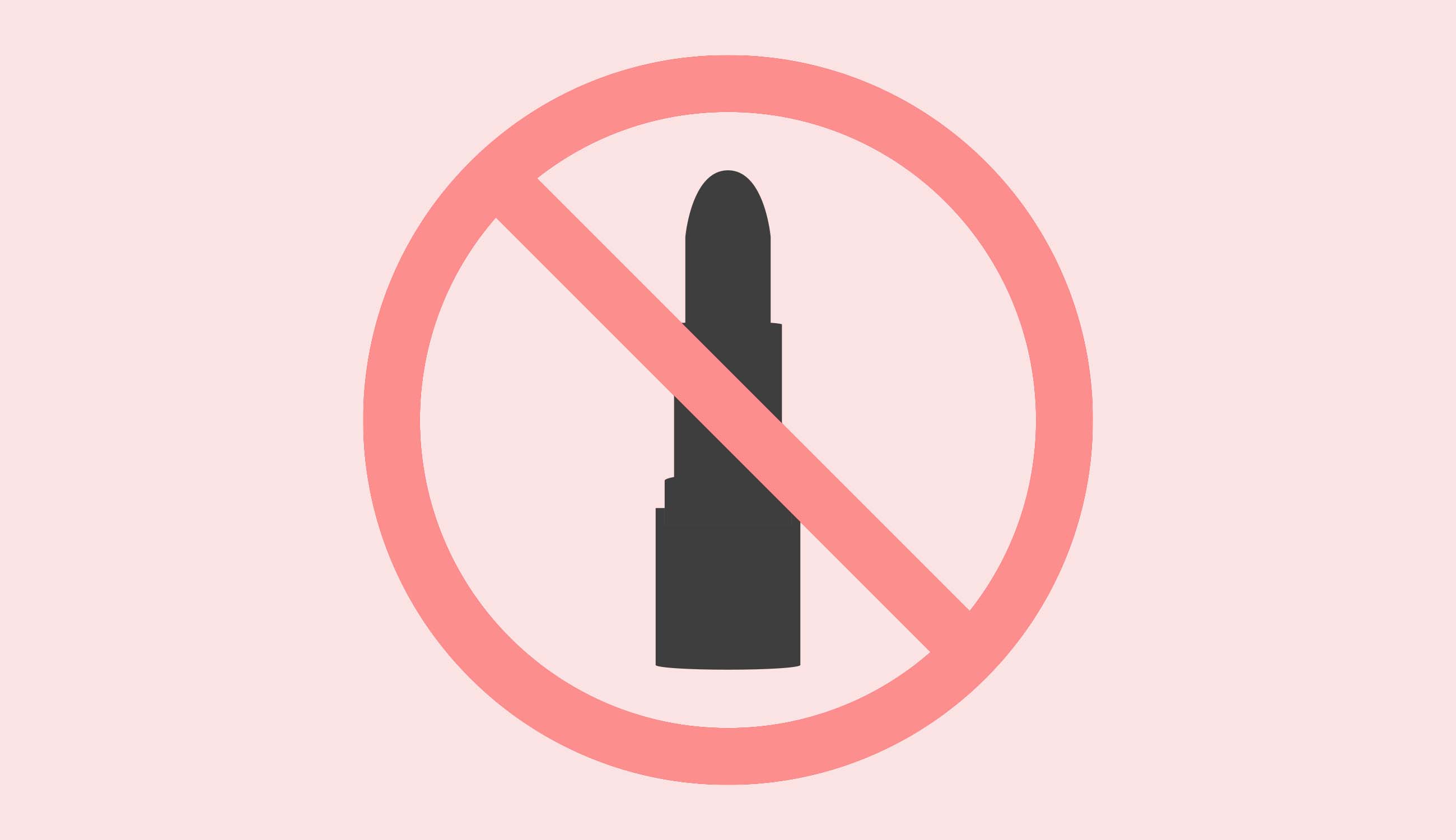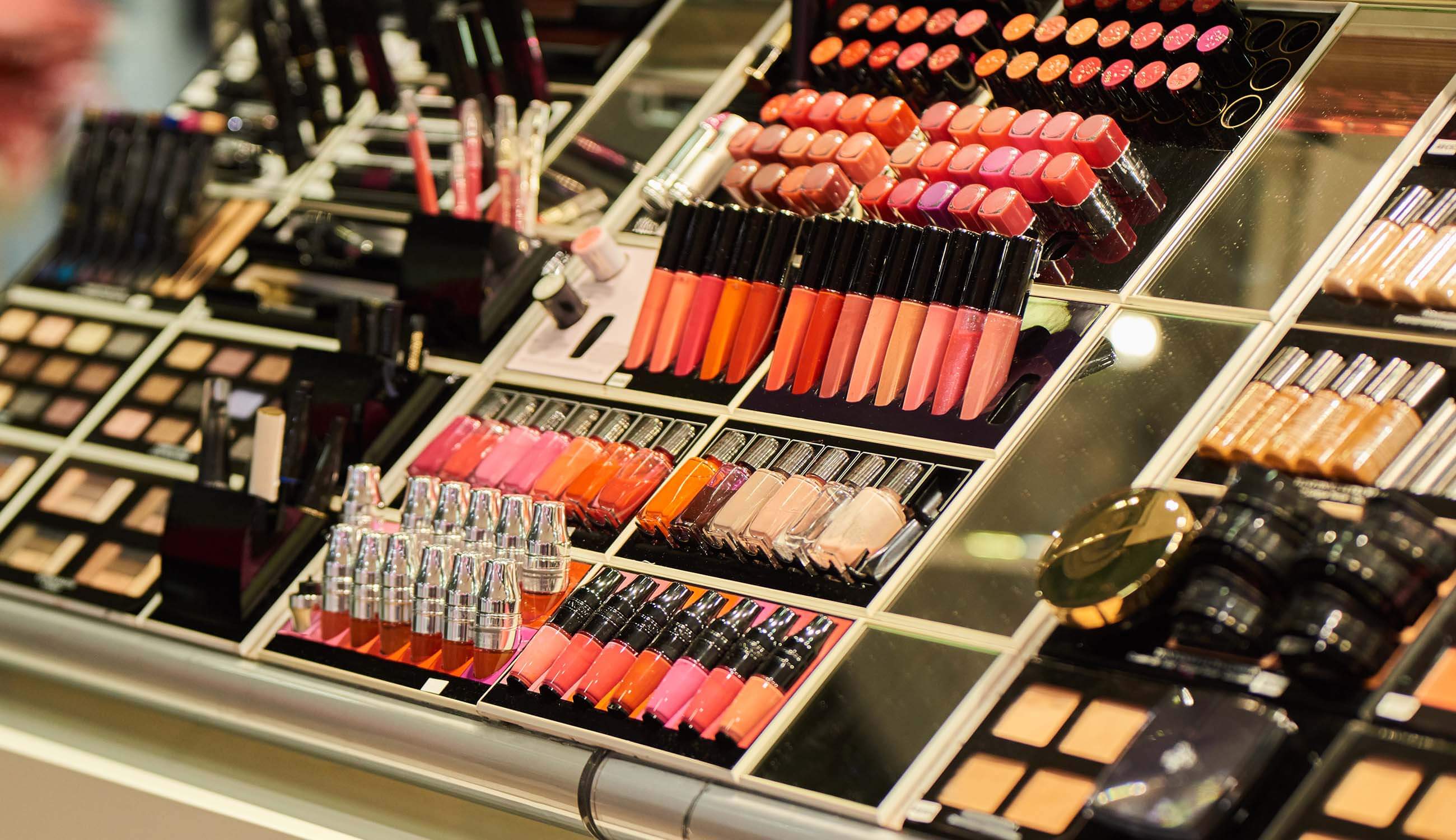What you need to know about FDA cosmetic regulations
Written by: 100% PURE®
When we shop for beauty products, we see buzzwords like “clean,” “natural,” “sulfate-free,” “paraben-free,” and “phthalate-free,” not to mention “gluten-free,” “alcohol-free,” and the list goes on. All too often, it can feel like there’s an entire laundry list of ingredients we need to avoid, especially when it comes to makeup and skin care.
It’s a lot for any one person to keep track of. At some point, you might have wondered: if these ingredients are bad, are they banned by the FDA? And what do FDA cosmetic regulations look like, anyway? In this quick guide to FDA cosmetic regulations, we’ll get you up to speed on the FDA’s place in beauty, FDA cosmetic regulations, what they’ve banned, and what they haven’t.
So, what role does the FDA play in the cosmetic industry, and how much does it regulate its products for FDA cosmetic regulations? For starters, it’s important to understand that aside from color additives, cosmetic products don’t actually require approval from the FDA.
However, there are certain requirements and regulations that every brand must follow in order to stay on the shelves. And, according to the FDA, the two most important laws pertaining to cosmetics marketed in the United States are the Federal Food, Drug, and Cosmetic Act (FD&C Act) and the Fair Packaging and Labeling Act (FPLA)
For instance, the FD&C Act prohibits the marketing of “adulterated or misbranded cosmetics” in interstate commerce. “Adulteration” is referred to as violations in the composition of the product, whether it’s a packaging issue or a contaminant.
Meanwhile, another one of the FDA cosmetic regulations is if a product is considered “misbranded.” This is the case if it has false or misleading labeling, if it’s missing any of the required information, or if its packaging is in violation of the Poison Prevention Packaging Act of 1970. While cosmetics don’t need preemptive approval, the FDA can pursue enforcement action against a company that’s in violation of their FDA cosmetic regulations.
It’s also worth noting that while recalls can occur in the cosmetics industry, they’re typically not submitted by the FDA. Rather, recalls are voluntarily enacted by the manufacturers or distributors of the product, who will have it removed from the shelf for the risk of contamination, gross deception, or defectiveness.
According to the FDA cosmetic regulations, cosmetic products and ingredients (not including color additives) do not need any kind of approval before hitting the market. It’s on the manufacturer to ensure that they’re labeled appropriately and don’t include any of the ingredients restricted by the FDA.
At this point, the FDA has placed bans on the following ingredients:
-
Bithionol
-
Chlorofluorocarbon propellants
-
Chloroform
-
Hexachlorophene
-
Mercury compounds
-
Methylene chloride
-
Prohibited cattle materials
-
Sunscreens in cosmetics
-
Vinyl chloride
-
Zirconium-containing complexes

Over the past 10 years, not much has changed in FDA cosmetic regulations. However, they have issued safety alerts for certain products. In 2016, for instance, one was released for a bentonite clay product, which was found to contain levels of lead. And more recently in 2020, a safety alert was issued for a prominent lip balm brand due to complaints from consumers who experienced burned, irritated lips from several products.
That being said, the FDA has only banned 10 ingredients. This has sparked some controversy among parties such as the Environmental Working Group, which is known for releasing the Dirty Dozen in produce.
The EWG has become a fixture in the clean beauty movement, and many brands have chosen to follow their guidelines. Because of this influence, we’re seeing more light shed on potentially harmful ingredients, including the following:
-
Formaldehyde
-
Formaldehyde releasers
-
Synthetic fragrances
-
Phthalates
-
Polyethylene glycol (PEGs)
-
Siloxanes
-
Triclosan
-
Oxybenzone
-
Octinoxate
-
Homosalate
-
Toluene
-
Talc
-
PFAs and PFCs
-
Teflon
-
Resorcinol
-
Carbon black
-
Parabens
While the FDA has yet to make a statement about any of these ingredients, they may eventually garner enough attention for review. Until then, though, you have the option to shop for brands that leave these ingredients out.
In the ever-growing beauty industry, it seems like there’s something new every day. And needless to say, it can be a lot to keep track of what is and isn’t safe for skin. On top of that, FDA cosmetic regulations are fairly limited and leave the industry fairly unregulated.
That’s why we’re huge proponents of education in the beauty community. Knowledge is power, and when you’re well-read about the best skin care ingredients and beauty brands, you can shop for products with a better sense of confidence. With that in mind, here are some quick tips for shopping for beauty products with more confidence.
#1: Don’t Let “Clean” Claims Fool You!
While the clean beauty movement has helped pave the way for great beauty products, it’s important to remember that the terms “clean” and “natural” have no set definitions in the beauty industry. Unfortunately, some brands will take advantage of this confusion. No matter how many times the words “clean” or “gentle” pop up on the product’s packaging, don’t buy in until you’ve done your research.
#2: Turn & Learn
While an ingredient list isn’t going to tell you everything, you can still learn a lot from it. You can also learn what to expect from a product’s performance. When shopping for makeup and skin care, always check the ingredients. Try to become familiar with what to avoid, like the ingredients we listed above. And if you’re practicing a vegan lifestyle, this article will tell you what non-vegan products to avoid.
#3: Do a Patch Test
Sometimes, you won’t truly know how your skin will react to a product until you try it. That’s why we always encourage a preemptive patch test. A patch test involves testing the product by applying a small amount of it to an inconspicuous area, like behind the ear. Ideally, it’s recommended to do a patch test 48-72 hours before full application, or 24 hours minimum.
#4: Use Online Tools to Find Safer Products
Generally speaking, consistently good reviews are a positive sign of quality products. But don’t just read the feedback on the company’s site. Make sure to check out the brand on independent skin care forums for candid, genuine reviews.
We carefully hand-select products based on strict purity standards, and only recommend products we feel meet this criteria. 100% PURE™ may earn a small commission for products purchased through affiliate links.
The information in this article is for educational use, and not intended to substitute professional medical advice, diagnosis, or treatment and should not be used as such.


